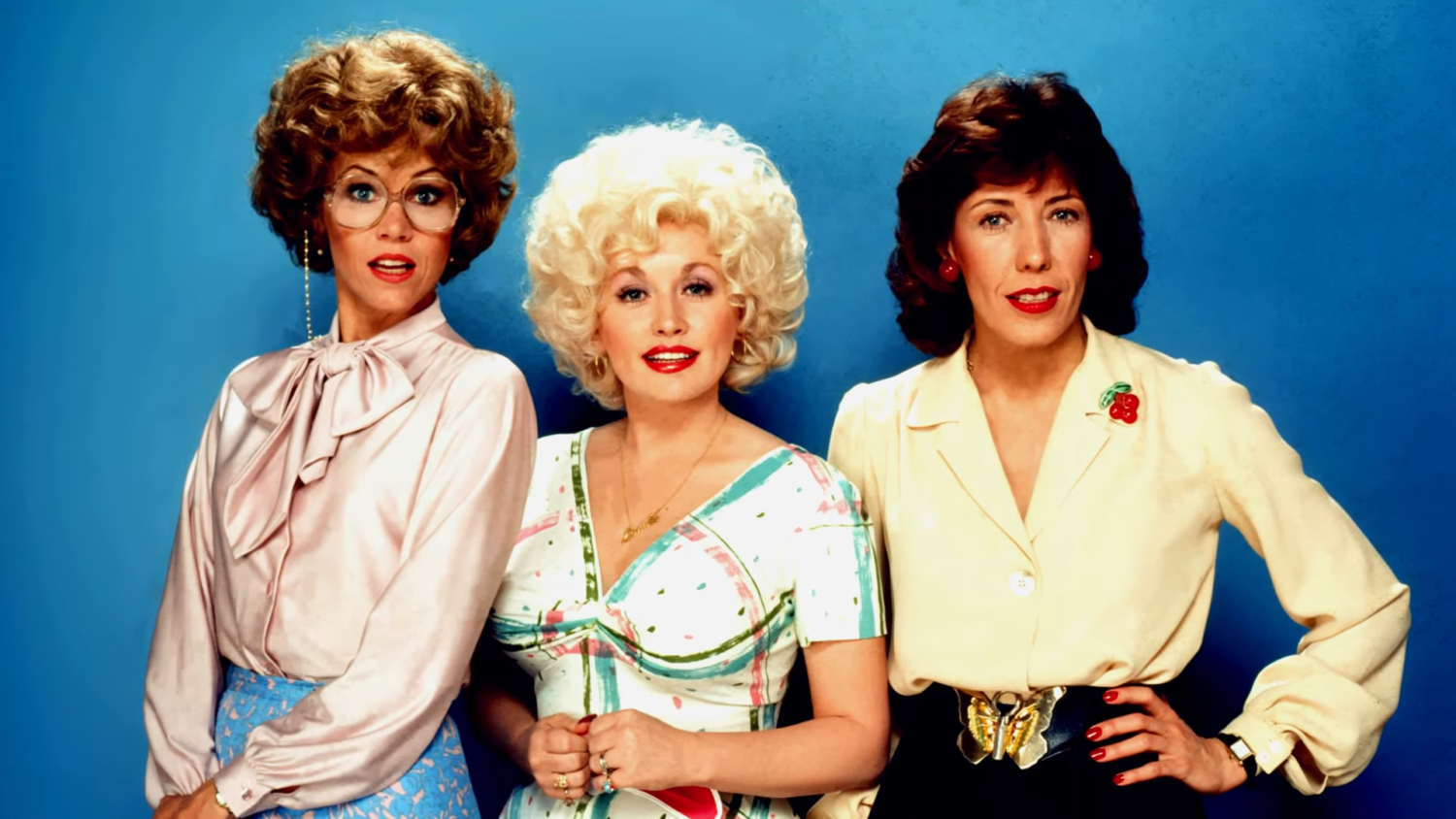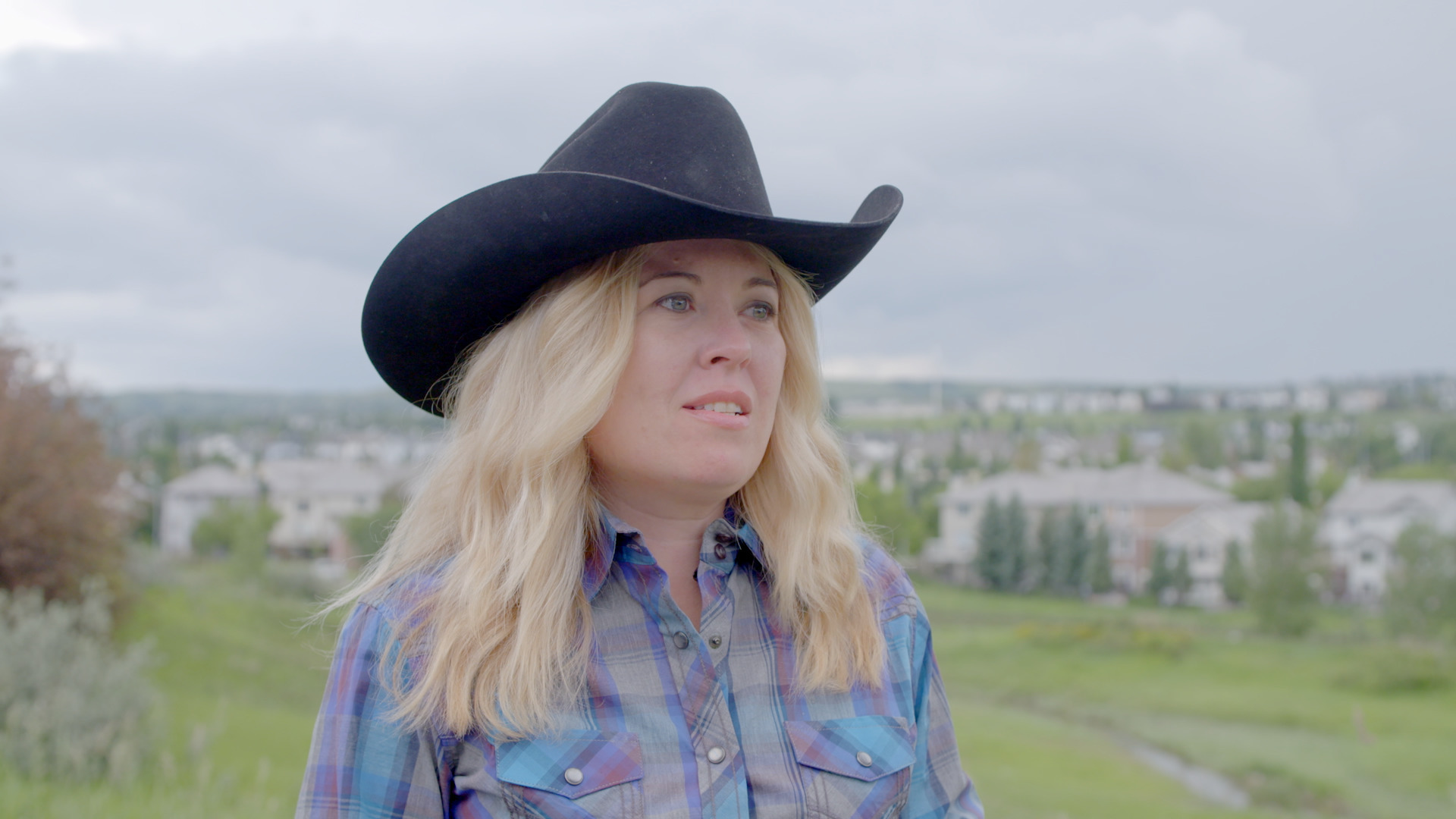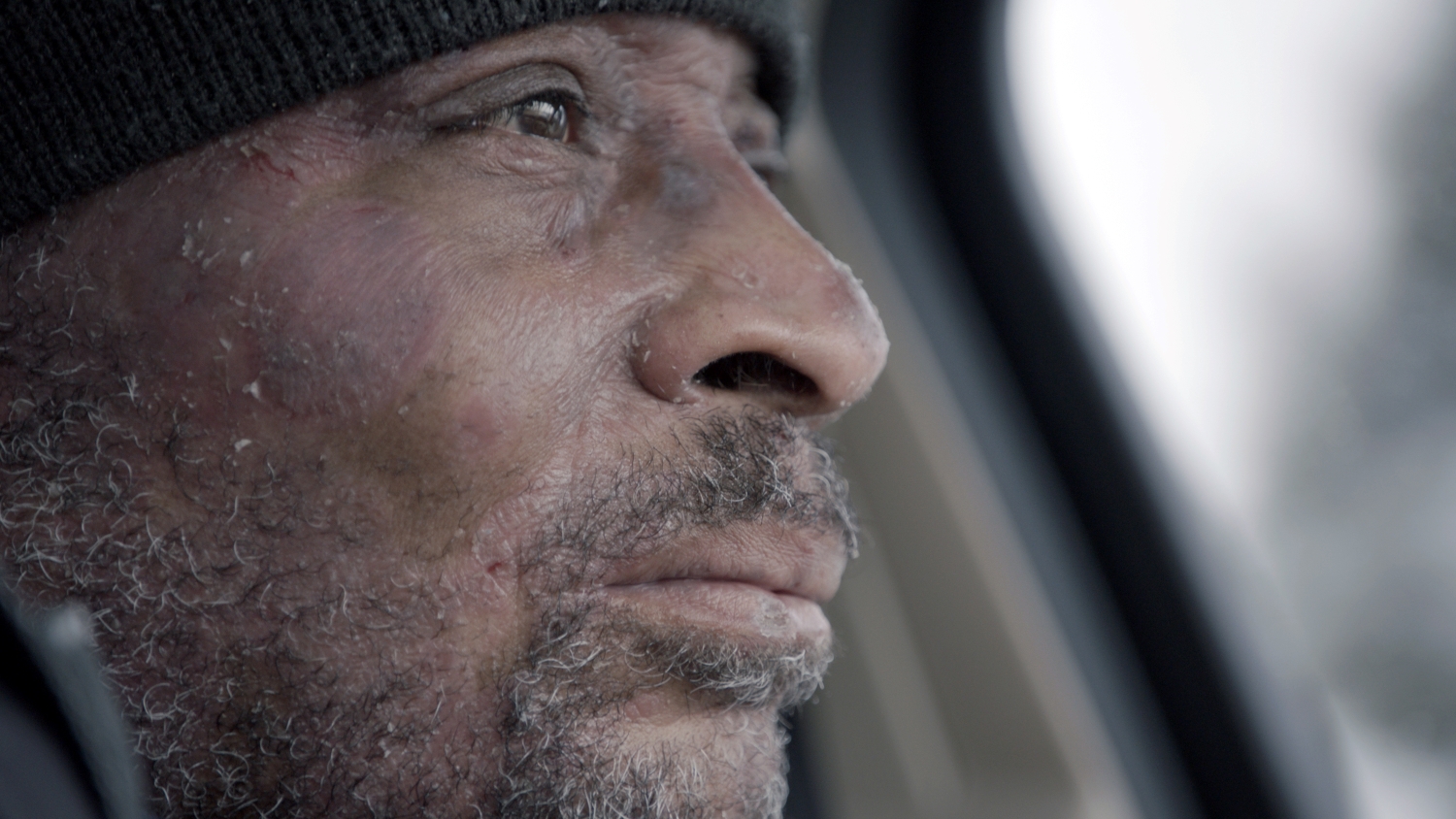Some movies don’t age very well. Other classics get better as time goes by. In the case of the workplace comedy 9 to 5, it’s the latter—but depressingly so. 40 years after Jane Fonda, Lily Tomlin, and Dolly Parton delighted audiences with their smart satire about office sexism, 9 to 5 remains as fresh as it was when it premiered in 1980.
The documentary Still Working 9 to 5, directed by Camille Hardman and Gary Lane, whose twin brother Larry serves as an executive producer, examines the enduring legacy of the comedy classic. The doc revisits 9 to 5 through the lens of #MeToo and reunites all the film’s stars—including Fonda, Tomlin, Parton, and Dabney Coleman as their chauvinist boss—to reflect upon making a political statement through comedy. Still Working 9 to 5 explores how the film hit a cultural nerve and reflected a growing movement of working women fighting for equality. But as 9 to 5 resonated with audiences so much that is inspired a TV series and a Broadway musical—stars like Rita Moreno and Allison Janney appear and speak of those iterations—workplaces themselves were slow to change. Then the #MeToo movement rocked Hollywood and 9 to 5 met Network as women worldwide made it clear they weren’t going to take it anymore.
The film draws funny and insightful reflections from the stars, including Tomlin’s reluctance to do 9 to 5 and Fonda’s accounts of fusing acting and activism. However, Still Working 9 to 5 resonates strongest when it looks to the reality behind the humour. Activists from the 9 to 5 movement, as well as changemakers like Lilly Ledbetter, whose fight for fairy pay ultimately inspired new legislation from the White House, speak to the push for equality that continues to this day. As the popularity of 9 to 5 finds a new generation of audiences, and the fight for workplace equality assumes new forms with the journey for the Equal Rights Act and, ultimately, the COVID-19 pandemic, Still Working observes how the best of comedy can be timeless—but that the times themselves need to change.
POV spoke with Camille Hardman, Gary Lane, and Larry Lane ahead of the Hot Docs premiere of Still Working 9 to 5.
POV: Patrick Mullen
GL: Gary Lane
LL: Larry Lane
CH: Camille Hardman
POV: Why revisit 9 to 5? Was it pre-#MeToo, or was it coincidental timing?
GL: The idea came in 2018. Jane, Lily, and Dolly, were out in the press saying that they wanted to get behind a sequel. Everybody had been wanting that sequel for years. 2018 was when it buzzed back into the media that they would all be involved if they got the right script. I talked to my brother and I said, “Look at 9 to 5: it’s been a film, a song, a TV show, and a musical, and now there’s going be a sequel with all the stars.” Then, through our friendship and previous work with Camille, we ran the idea by her. She found in research that there was a working women’s movement 9 to 5, and that Jane was friends with the woman that ran it. We say the fandom of 9 to 5 with us met the feminism and the working women’s movement with Camille. We merged them together to make the film that we have now.
CM: For me, because of what had happened with #MeToo and then seeing that this film had a history in the women’s movement, I thought that we could go on the zeitgeist of what was going on at that particular time.
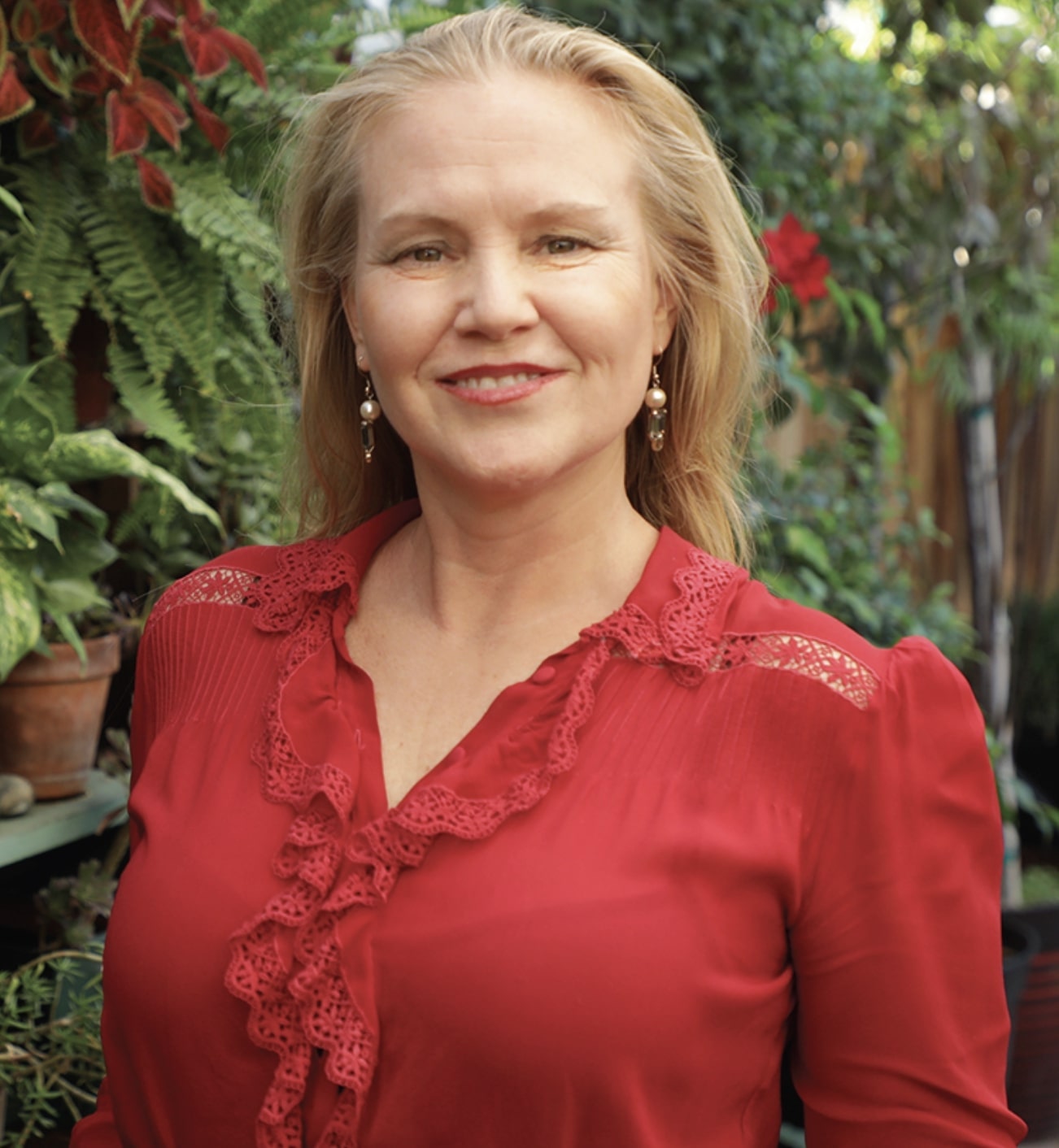
POV: What sort of splash did 9 to 5 make in Australia back in the day, Camille?
CH: I was very young, but I remember it was huge. I was from Sydney, so not many people I knew were into country and western music, but I knew that there was a lot going on around Dolly: could she act, or couldn’t she act? I remember that people were surprised by how good she was in this film. I think, in most English speaking countries around the world, 9 to 5 was very popular.
POV: Gary and Larry, how did you find Dolly’s first big screen appearance?
LL: Our mom and dad loved “Islands in the Stream” with Dolly and Kenny [Rogers], and many her earlier music. It was just great to see her on the screen. She’s a great actress. Nobody knew that and she blew the doors off. In the film, Jane says she stole the movie, which she really did.
GL: We were also very young when we saw 9 to 5, but our mom was in the workforce. We remember the laughter without really knowing the meaning behind it, but then we saw it years later and our mom was still working. I remember saying to her, “Do you have to deal with those kind of things at your workplace?” The film really got into the pop culture and into the working women’s movement. It was a hard juxtaposition with this film because we wanted to be entertaining, but we also wanted to be informative and show what was happening alongside the iterations of 9 to 5. Our editors, Oreet Rees and Elisa Banora, really helped us carve out a tight story that shows the working women’s movement and the 9 to 5 timeline.
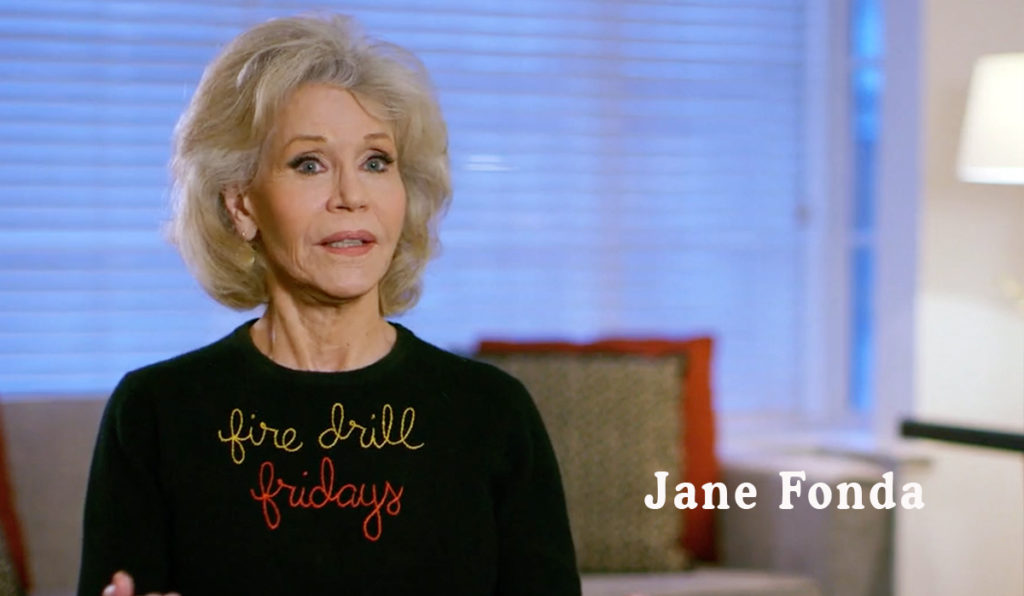
POV: Did that inspire the choice to interview both A-list stars and Oscar winners and everyday working women?
CH: It was very important to have everyday women because we wanted everyone to be able to watch this film and relate to it. Not only relate to 9 to 5, but also for women of all generations to say, either “That was me” or “That is me” and see that those issues are still happening today. It was about using 9 to 5 as a vehicle to talk about sexual harassment, the lack of promotions, equal pay, the lack of child childcare, and maternity leave. That was 40 years ago and it’s still happening now. You hear women talk a lot about the tech industry and the lack of representation and equal pay. It was important for us to have women talking about their situations today.
GL: As far as fandom for 9 to 5, you’ll get stories straight from Lily, Dabne, Jane, and Dolly, but then the film also has activists who have been fighting for equal rights for their entire lives, like Lilly Ledbetter and Zoe Nicholson. We premiered the film at SXSW and Lilly and Zoe came to the festival, along with some of the younger activists like Vanessa Farino and Ashley Lockhart. They got a standing ovation from the whole crowd because of their activism. Zoe and Lilly have now teamed up with Vanessa and the younger girls, and they’re doing their activism together because they have to pass the torch to the next generation.
POV: Was your existing relationship with Dolly a factor in securing some of the talent for the film?
GL: Absolutely. Me and my brother did a documentary about 10 years ago called Hollywood to Dollywood. We told our story of growing up in the south and what Dolly meant to us. We did a cross-country journey to deliver Dolly a script that we had written. Dolly met us in the park and we got to film with her. She let us use 15 songs for the film and it went all over the world. In making that bond, we did talk to Steve Summers, Dolly’s creative manager and told him the idea. He was busy and kept saying no, but we brought him on as an EP [executive producer]. He said, “If I can get you guys a sit down with Dolly, that’ll open the doors for all the rest” and that’s exactly what happened. After we got Dolly, it still took a year and a half, but they all fell into place. We recently saw Lily and Jane at Lily’s hand and feet ceremony at Grauman’s Chinese Theater. Jane signed the poster and Lily came up to us and said, “Hi Lane Brothers, how’s your film doing?” When you get that recognition from those women, it’s amazing.
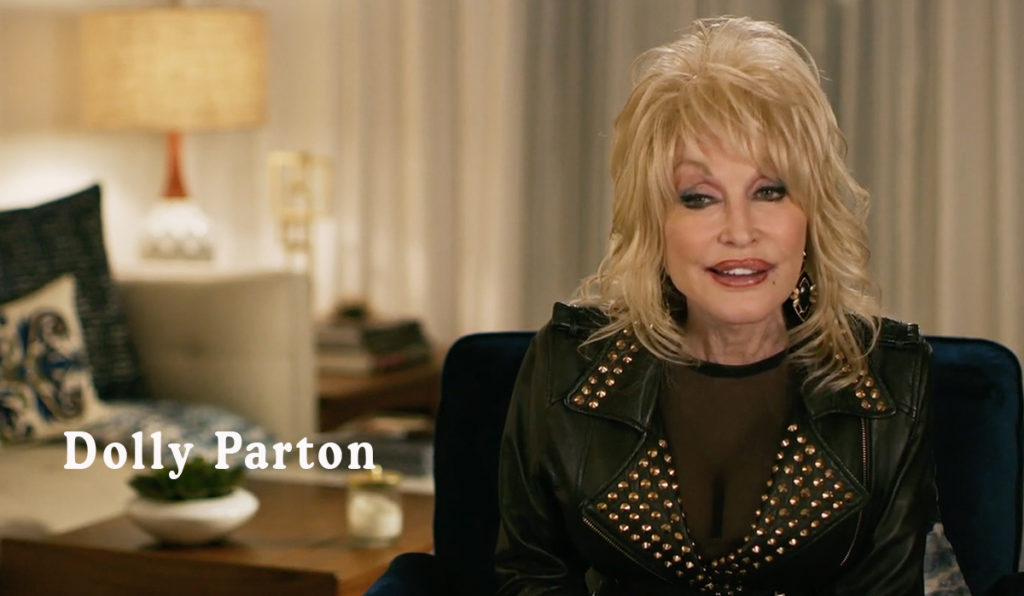
POV: It’s interesting to see this film and revisit 9 to 5 after Jane Fonda and Lily Tomlin’s success with Grace & Frankie. There’s a part in the documentary where one of the producers talks about casting Dabney Coleman and he says how there was a distinction between TV stars and film actors. We now have a series like Grace & Frankie, so do you think the line between TV and film stars is breaking down?
LL: I think it is because now you see A-list movie celebrities are doing TV shows. Back then, it was really “TV actors” and “film actors.” Bruce Gilbert [who produced 9 to 5] is the one who fought and said, “The ladies are the stars of this film and we want Dabney Coleman.” They fought for him when other people wanted Richard Dreyfuss or someone like that.
CH: In the ’80s and early ’90s, TV was seen as a bit of a wasteland. If your film career was over, that’s when you went onto TV. I think the streamers dramatically changed things. Now TV is seen as a great avenue for actors because they have more developed characters. They have time for nuances in a character’s personality and constitution that they normally didn’t have the time to be explore in a film. I think many actors now love being involved in television for that reason.
GL: We play at Hot Docs on April 29th, which is the same day that Netflix drops their final episodes of Grace & Frankie that feature Dolly. When saw them at Grauman’s Chinese Theater, Lily and Jane told us that they’re working on a new film with Rita [Moreno] called Eighty for Brady. It’s great that we interviewed all of them for this documentary as pop culture references converge.
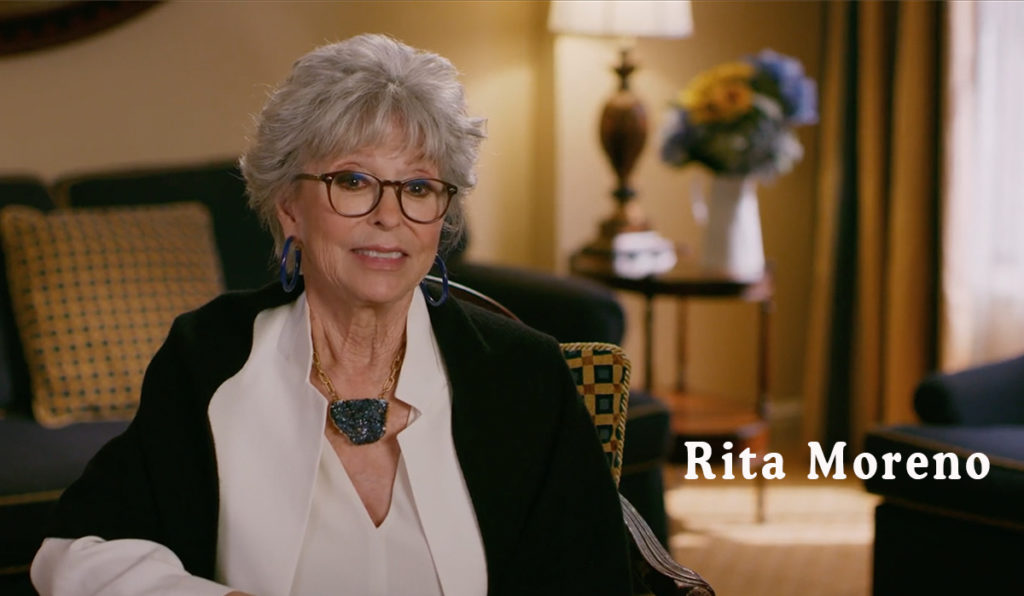
POV: Can you tell me more about Eighty for Brady? I’m not familiar with that film.
GL: It all about Tom Brady and his football career. It’s called Eighty for Brady because these four characters, played by Jane Fonda, Lily Tomlin, Rita Moreno, and Sally Field, are women in their eighties who are fangirling over Tom Brady. They’re following him to the games like groupies. They’re filming it right now.
POV: Do you think that shows that Hollywood is changing if we have a film like this with four veteran actresses?
CH: Four actresses at all! [Laughs] I think that was what was so wonderfully unique about 9 to 5: there were three leads. That was really unheard of. For the studio to greenlight it was a big deal. There was Paula Weinstein and Sherry Lansing at the studio at the time and they were the ones who really greenlit 9 to 5. In terms of now, a few things have happened. Being 80 or 70 is not as “old” as it was back then, and, culturally, many films are being watched by older people. It’s a good economic decision as well.
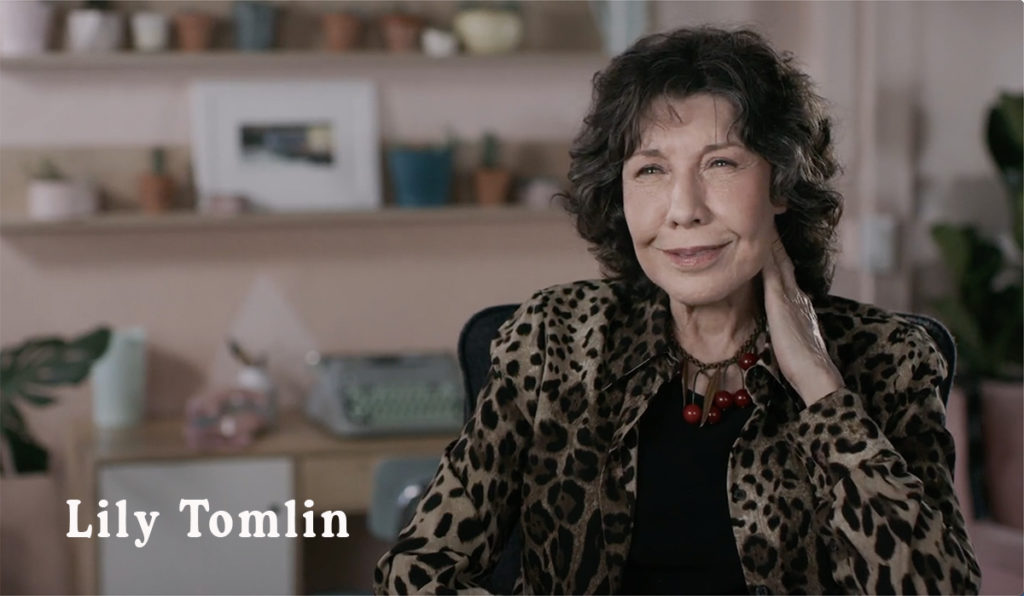
POV: The film makes some interesting points when it brings in the pandemic and all the gender stereotypes that came out of “hiding,” so to speak, as workplaces went into the homes. Where were you in production when everything with COVID happened?
GL: We were initially editing and trying to hit the 40th anniversary, which would’ve been in 2020, but then of course the pandemic hit. Dabney Coleman was our final interview in February of 2020, and then the world shut down, so we were able to edit for the 15 months of the “close off.” We started realizing that women were being forced out of the workforce to take care of the kids, so we were editing in real time, which was beneficial because we were able to put these changes in and stay up to date right up until January 2020. We put a quote in about the equal rights amendment so that the film feels right there in history.
CH: It became very evident when the research coming out that women were losing a huge amount of jobs. We also saw the vast responsibility where women had to be the teachers. If you were a single mother having to be a teacher and a provider, that was incredibly difficult. Many women had to give up their jobs and went on social security. After that huge drop, many women weren’t able to get back into the workforce, so there was a double whammy. We couldn’t put our heads in the sand and not include this in the film.
POV: Do you see much change in Hollywood in the years since #MeToo in terms of workplace environments and practices, Camille?
CH: I think it depends on who you’re working for and I think it’s culturally different. Younger women have very strict boundaries, so they know right away whether something doesn’t feel right. They will stand up and say it, whereas women who are a little bit older are learning to stand up. There’s still many fear, and it depends on your situation. Can you afford to lose a job? Can you afford to stand up for yourself? That becomes a gray area for many people. I think there are also men who see that they can’t get away with this anymore—not only because, socially, they shouldn’t be doing these things, but they also know that they can lose their jobs. I think it is changing, but it’s still slow.
GL: When Camille and I were putting the film together, we had an amazing archivist who kept throwing things at us. We’re not going to give it away, but we have a big Harvey Weinstein mic drop moment in the film. The cancel culture after Harvey Weinstein shows that behaviour is not going to go on behind closed doors anymore. People know they can put their foot down and put an end to that. That’s a positive change that we’ve seen.
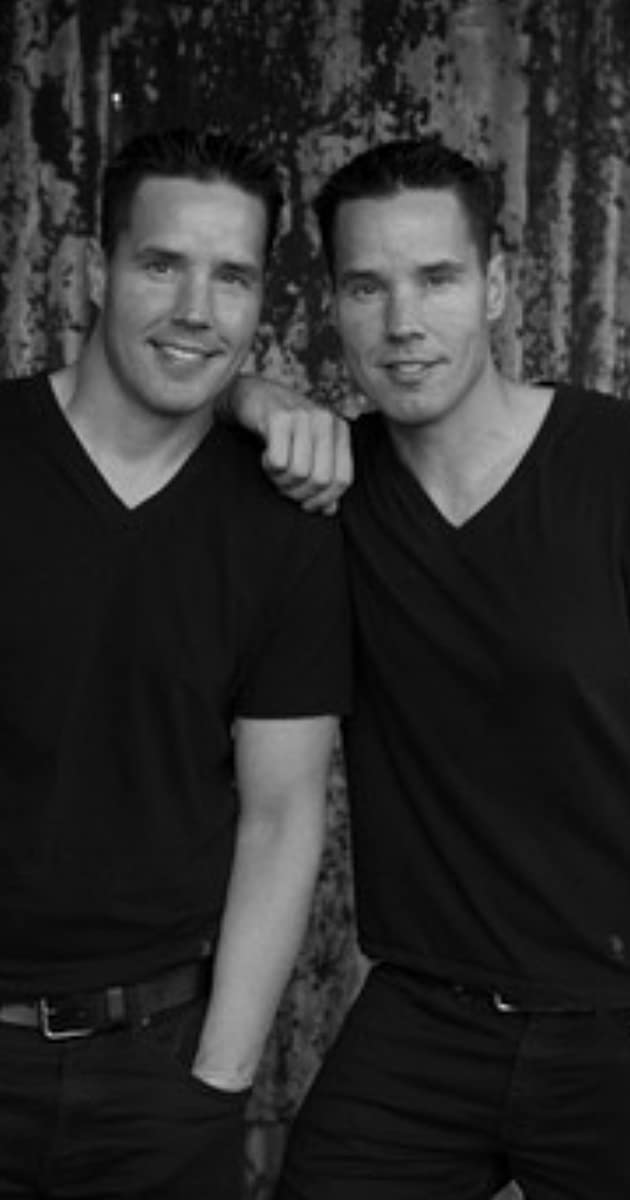
POV: I laughed aloud at that Weinstein moment. It’s a real nugget. Gary and Larry, I have to ask: what is it like working together as twins? I’m a twin and my brother works in the industry, so I’m intrigued about your working relationship.
GL: We’ve done many TV shows and commercials, and we always work well together as twins because we have a good balance with each other. We know when we’re having good days and bad days. Camille has learned our voices and things like that. I don’t know if you noticed, but we’ve even switched on this interview. [I did not!] We also do the TwinZZone together. Camille actually came with us to the very first red carpet and it was funny because we knew Dolly would be at there, but we didn’t know we’d have to interview the 50 celebrities who came before she got to the carpet. TwinZZone went out the window with COVID, so we’ve been lucky we have the film to focus on.
POV: How is Dolly Parton in person? Throughout COVID, it seemed as if there was a story a week about her doing amazing things like donating to vaccine research and the like.
GL: This is the second film we’ve centered Dolly, so when she sees us, she’ll call her “her twins,” which is amazing. Everything you see is what you get with her.
LL: The only person who doesn’t like Dolly is Jolene. That’s the only one I think of! [Laughs]
CH: I had a great first impression because we had to give the list of questions beforehand. Then we got a call from Steve [Summers] saying, “Dolly’s coming 15 minutes early because she’s read all the questions and she doesn’t think she’s gonna answer them in an hour, so she wants to come earlier and give you another 15 minutes so she can get through them all.” That just shows you how gracious and professional she is. She allowed us to use her music and even did pick-up VO [voiceover] so that we could get all of our fair use in regards to 9 to 5. How amazing is that? She’s just been fabulous.
Still Working 9 to 5 has its Hot Docs premiere on April 29.




